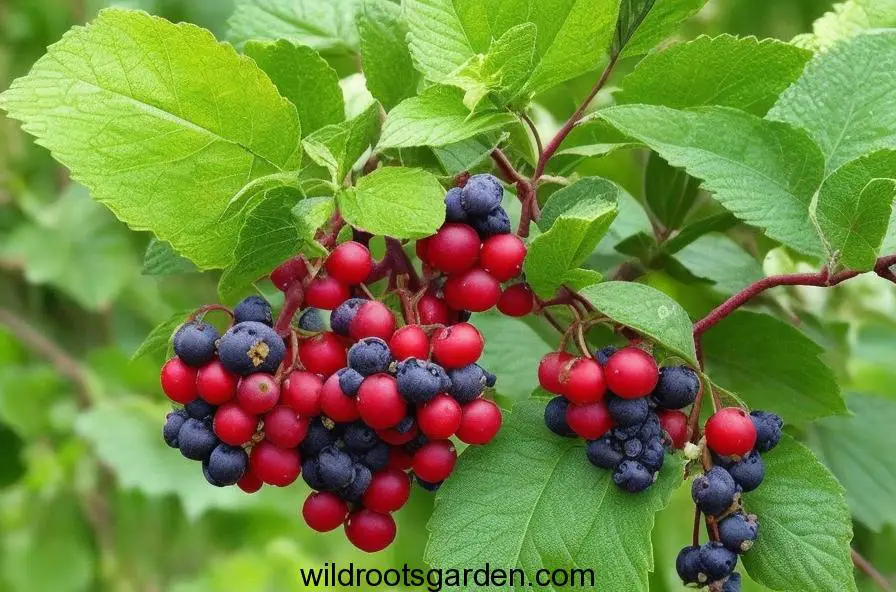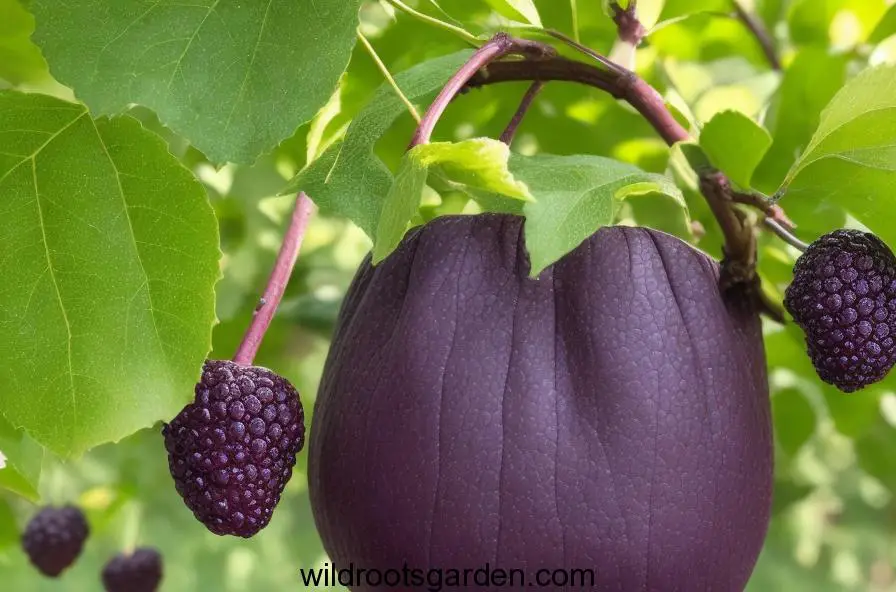Berries aren’t just a delectable and visually pleasing addition to your garden; they also make excellent companions for other plants. For instance, consider planting low blueberry bushes around trees, using strawberries as ground cover, and harnessing the pollinating power of gooseberries.
However, raspberries should be approached with caution due to their invasive nature, which may not be welcomed by many neighboring plants. Companion planting, an integral component of permaculture and a holistic gardening approach involves strategically placing different crops in proximity to optimize space usage and provide various benefits.

These benefits include nutrient exchange, shade provision, structural support, increased crop yields, the attraction of beneficial insects, natural pest control, improved pollination, and the creation of a habitat for beneficial creatures. This concept entails an ongoing journey of coexisting with nature, enhancing biodiversity, and supporting a sustainable ecosystem. Below is a practical reference guide for companion planting with berries:
| Name | Good Companions | Not a Companion |
|---|---|---|
| Blueberries | Oak trees, citrus trees, fruit trees, pine trees, strawberries, clover, bay laurel, dewberries, yarrow, holy basil, and other herbs. | Tomatoes. |
| Blackberry | Marigold, yarrows, nasturtiums, chamomile, and other flowers or herbs. | Peppers, tomatoes, eggplants, potatoes. |
| Currants | Marigolds, yarrows, nasturtiums, chamomile, and other flowers or herbs. | |
| Gooseberry | Fruit trees, citrus trees, nut trees, basil, tomatoes, broad beans, various flowers and herbs, low ground covers, and most other plants that can coexist with gooseberry growth patterns (requiring sunlight, occasional pruning, and having the capacity to compete with other plants). | |
| Mulberry | Grapes, other berries as ground cover, various herbs and flowers. | |
| Raspberry | Raspberries tend to take over areas, so companion plants may not thrive for long. Rue, artemisia, garlic, onion, oats, tansy, yarrow, and other herbs and flowers can be considered. | Young berries, potatoes, and beets. |
| Strawberries | Fruit trees, citrus trees, a variety of herbs and flowers, other berries, borage, lettuce, spinach, sage, beans, and spring onions. | Cabbages, cauliflowers, Brussels sprouts, gladioli, tomatoes, broccoli, garlic, and rosemary. |
Incorporating companion planting with berries not only enhances your garden’s productivity but also fosters a harmonious relationship between different plant species. This practice promotes a sustainable ecosystem by attracting beneficial elements while deterring potential pests. Remember that gardening is an ongoing learning process that involves living in harmony with nature and cultivating biodiversity.

FINAL THOUGHTS
In conclusion, the world of berries offers more than just delicious and visually appealing fruits; it provides an opportunity for thoughtful and strategic gardening through companion planting. By understanding which plants thrive together and which should be kept apart, we can create a harmonious and productive garden ecosystem.
Companion planting, as part of the broader permaculture approach, allows us to maximize the utility of our gardening spaces. It’s a holistic philosophy that encourages us to work with nature, rather than against it, to achieve our gardening goals. From enhancing nutrient exchange and pest control to improving pollination and overall biodiversity, companion planting offers a range of benefits that extend far beyond what individual crops can achieve.
While each berry type has its unique companions and potential adversaries, the key takeaway is that thoughtful planning and experimentation can lead to a flourishing garden. Keep in mind the specific needs and growth patterns of each berry variety, and don’t hesitate to adapt your planting strategy over time as you learn more about how your garden functions as a living, evolving ecosystem.
So, as you embark on your berry-growing journey, consider the wisdom of companion planting. By fostering a diverse and interconnected garden, you can reap the rewards of not only bountiful harvests but also a healthier and more sustainable ecosystem. Gardening becomes more than a mere activity; it becomes a harmonious dance with nature itself.


